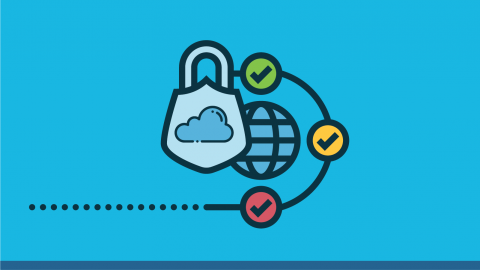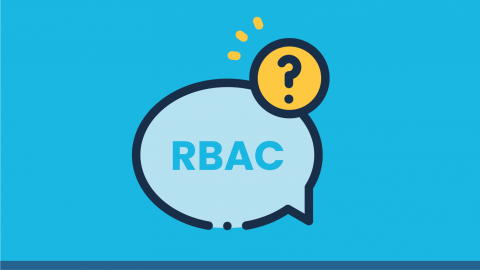Transitioning to ABAC: Protect Your Data as You Move to the Cloud
As enterprises move their applications to the cloud, they’re adopting finer-grained authorization for their users in order to better secure architectures and applications. Today, many, if not most, organizations use a role-based access control (RBAC) model for secure access. But as the push for fine-grained control grows, many organizations are asking: should we transition to attribute-based access control (ABAC)?






